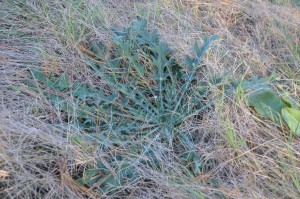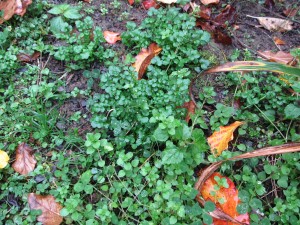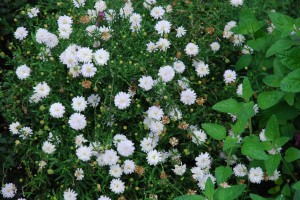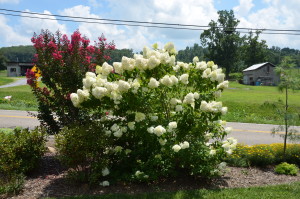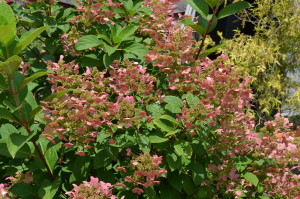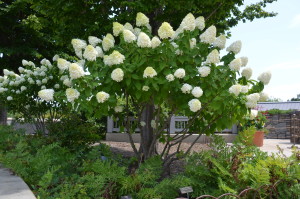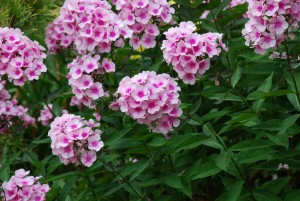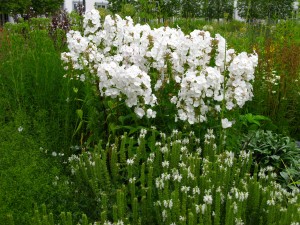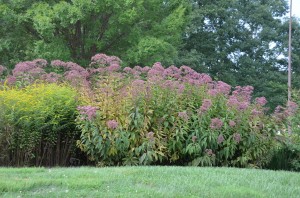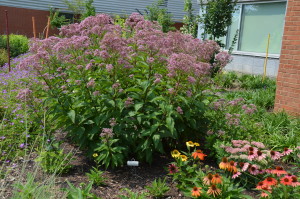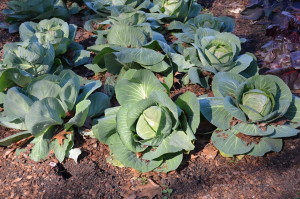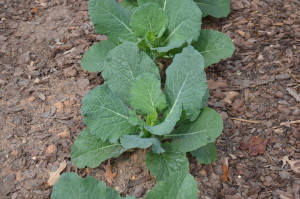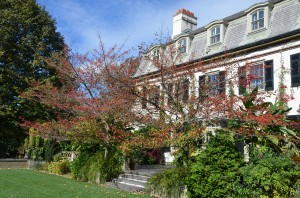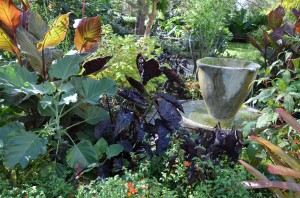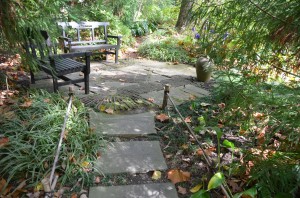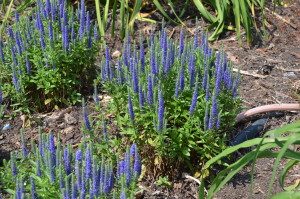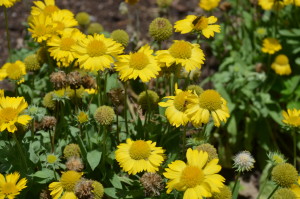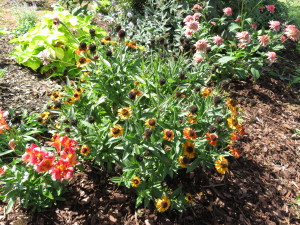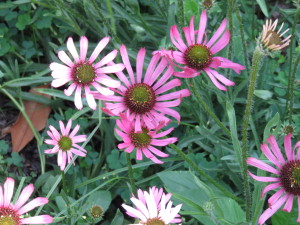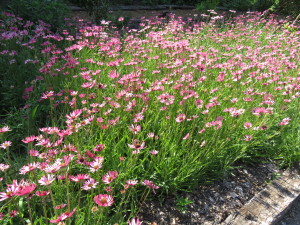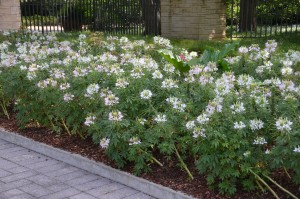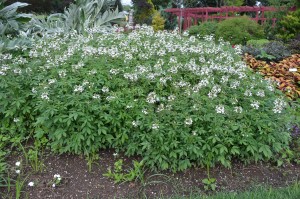Broadleaf weed control takes center stage for chores to tackle in home lawns and gardens in late summer. Many winter annuals like henbit and chickweed, common inhabitants in the early spring garden start to germinate on the early days of autumn. Perennial dandelions are poking their heads up after summer dormancy. Spring and early summer herbicide applications may not provide as good of control as in fall.
In the spring there is the danger of pesticide drift onto nearby good landscape plants. In the fall deciduous shrubs and trees are shedding their leaves and become less susceptible to the spray drift from Roundup and phenoxy herbicides (active ingredients: 2,4-D, dicamba and MCPP). Be careful not to overapply dicamba in ground around trees and shrubs you want to keep.
Weedy trees, shrubs and vines are also tough to eliminate. Examples are poison ivy, English ivy, Virginia creeper, tree of Heaven (Ailanthus), and thorny brambles. These are best managed starting in mid- to late-summer. Some broadleaf weeds such as thistles, knotweeds and spurge do not give up easily and multiple applications are the rule. Heavy weed invasion in lawns represents poor mowing practices, low soil fertility, or all the above.
Thoroughly read, understand, and follow all information on herbicide labels. Again, never spray on windy days; avoid hot days (over 85 °F) and herbicide volatility. Don’t spray weeds when they are drought stressed. Do not spray if rainfall is forecast within 24 hours following application. Don’t mow for 2-3 days before or after application. Wait a minimum of 30 days before seeding an area treated with broadleaf herbicides.
Important rule on fall spraying: Outside temperatures should be 60 °F and warmer over a 6 hour interval for the foliar herbicide spray to be absorbed inside the target weeds.

